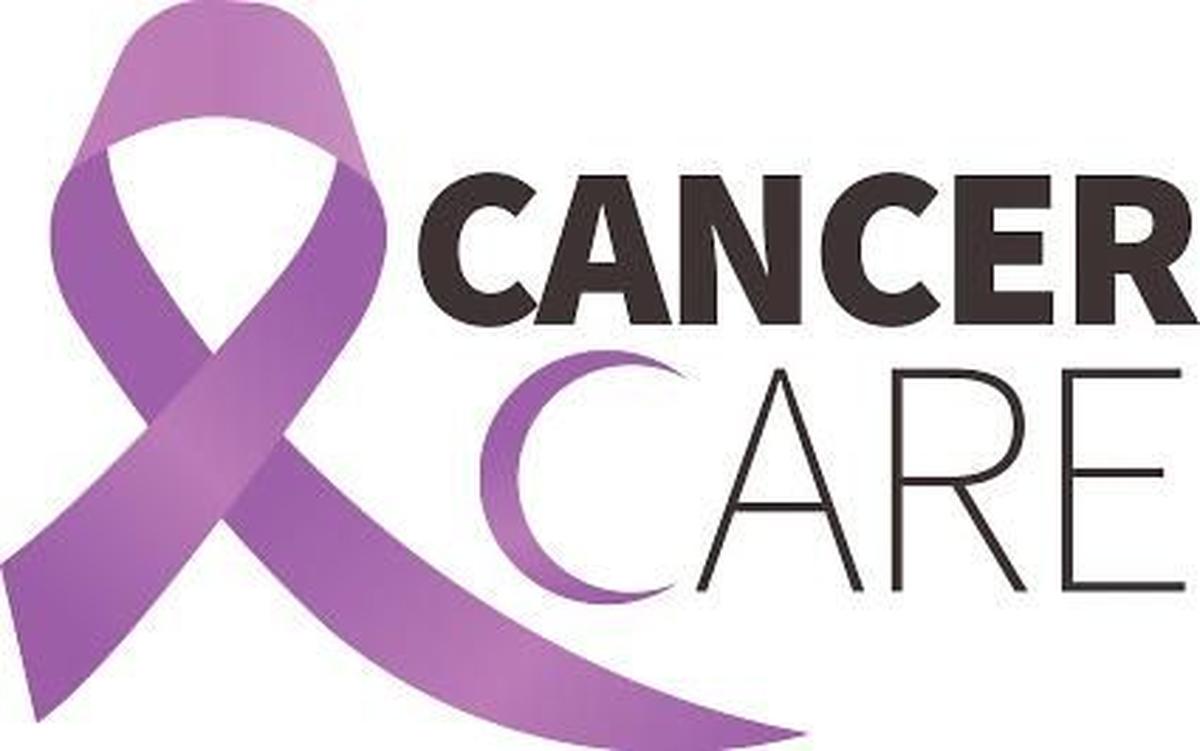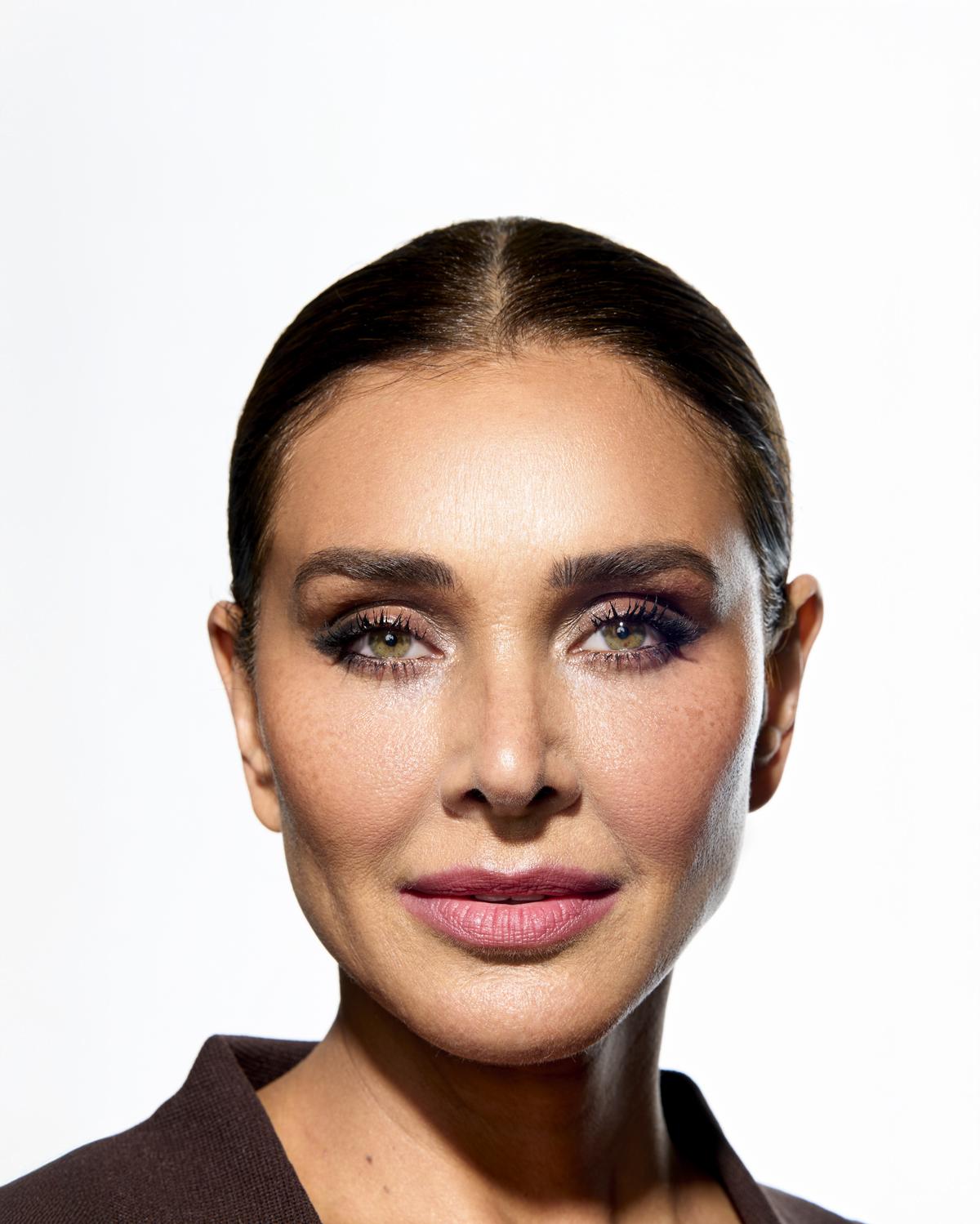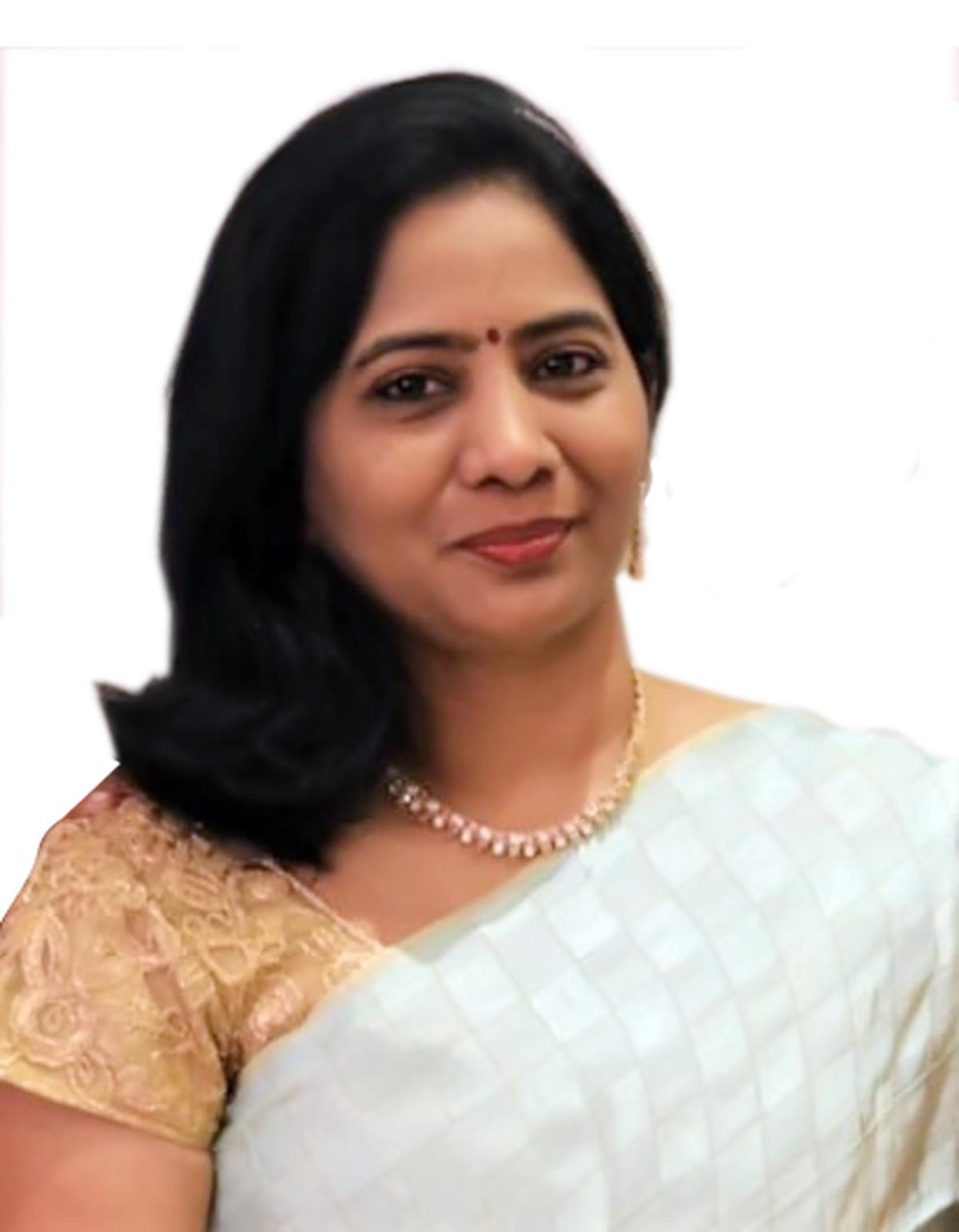With one-fifth of states seeing active measles outbreaks, the U.S. is nearing 900 cases, according to figures posted Friday by the U.S. Centers for Disease Control and Prevention (CDC).
US sees surge in measles cases
The CDC’s confirmed measles case count is 884, triple the amount seen in all of 2024. The now three-month-long outbreak in Texas accounts for the vast majority of cases, with 663 confirmed as of Tuesday. The outbreak has also spread to New Mexico, Oklahoma and Kansas.
Two unvaccinated elementary school-aged children died from measles-related illnesses in the epicenter in West Texas, and an adult in New Mexico who was not vaccinated died of a measles-related illness. Other states with active outbreaks — defined as three or more cases — include Indiana, Michigan, Montana, Ohio, Pennsylvania and Tennessee.
North America has two other ongoing outbreaks. One in Ontario, Canada, has resulted in 1,020 cases from mid-October through April 23. And as of Wednesday, the Mexican state of Chihuahua had 786 measles cases and one death, according to data from the state health ministry. Health officials in Mexico and the U.S. say all three outbreaks are of the same measles strain.
Measles is caused by a highly contagious virus that’s airborne and spreads easily when an infected person breathes, sneezes or coughs. It is preventable through vaccines, and has been considered eliminated from the U.S. since 2000. As the virus takes hold in other U.S. communities with low vaccination rates, health experts fear the virus that the spread could stretch on for a year. Here’s what else you need to know about measles in the U.S.

Outbreaks reported in multiple states
Texas state health officials said Tuesday there were 17 new cases of measles since Friday, bringing the total to 663 across 26 counties — most of them in West Texas. The state also added 23 hospitalisations to its count Tuesday saying they were from earlier in the outbreak, for a total of 87 hospitalisations. State health officials estimated about 1% of cases — fewer than 10 — are actively infectious.
Sixty percent of Texas’ cases are in Gaines County, population 22,892, where the virus started spreading in a close-knit, undervaccinated Mennonite community. The county has had 396 cases since late January — just over 1.5% of the county’s residents.
The April 3 death in Texas was an 8-year-old child, according to Health Secretary Robert F. Kennedy Jr. Local health officials in Texas said the child did not have underlying health conditions and died of “what the child’s doctor described as measles pulmonary failure.” An unvaccinated child with no underlying conditions died of measles in Texas in late February — Kennedy said age 6.
New Mexico remained steady Tuesday at 66 cases. Seven people have been hospitalised since the outbreak started. Most of the state’s cases are in Lea County. Three are in Eddy County and Chaves and Doña Ana counties have one each. State health officials say the cases are linked to Texas’ outbreak based on genetic testing. New Mexico reported a measles-related death in an adult on March 6.
Indiana confirmed two more cases April 21 in an outbreak that has sickened eight in Allen County in the northeast part of the state — five are unvaccinated minors and three are adults whose vaccination status is unknown. The cases have no known link to other outbreaks, the Allen County Department of Health said last week.
Kansas added nine cases Wednesday for a total of 46 across eight counties in the southwest part of the state. Gray County, which had fewer than six cases, is up to 15. The state also reported its first hospitalisation. Kansas’ health department didn’t respond Wednesday to a question about the discrepancy in the number of new cases at the state and county levels. The state’s first reported case is linked to the Texas outbreak based on genetic testing.
Montcalm County, near Grand Rapids in western Michigan, has four linked measles cases. State health officials say the cases are tied to Canada’s large outbreak in Ontario. The state has nine confirmed measles cases as of Friday, but the remaining four are not part of the Montcalm County outbreak.

Nationwide rise tied to travel, low vaccination
Montana state health officials announced five cases April 17 in unvaccinated children and adults who had travelled out of state, and confirmed it was an outbreak April 21. All five are isolating at home in Gallatin County in the southwest part of the state. They are Montana’s first measles cases in 35 years. Health officials didn’t say whether the cases are linked to other outbreaks in North America.
The Ohio Department of Health confirmed 32 measles cases in the state Thursday, and one hospitalisation. The state count includes only Ohio residents. There are 16 cases in Ashtabula County near Cleveland, 14 in Knox County and one each in Allen and Holmes counties.
Health officials in Knox County, in east-central Ohio, said there are a total of 20 people with measles, but seven of them do not live in the state. Oklahoma added two cases Tuesday: 12 confirmed and three probable. The first two probable cases were “associated” with the West Texas and New Mexico outbreaks, the state health department said. The state health department is not releasing which counties have cases, but Cleveland, Custer, Oklahoma and Sequoyah counties have had public exposures in the past couple of months.
There are eight measles cases in Erie County in far northwest Pennsylvania, officials said Friday. The county declared an outbreak in mid-April. The state said Friday it has 13 cases overall in 2025, including international travel-related cases in Montgomery County and one in Philadelphia.
Tennessee has six measles cases as of Thursday. Health department spokesman Bill Christian said all cases are the middle part of the state, and that “at least three of these cases are linked to each other” but declined to specify further. The state also did not say whether the cases were linked to other outbreaks or when Tennessee’s outbreak started.
The state health department announced the state’s first measles case March 21, three more on April 1 and the last two on April 17, but none of the news releases declared an outbreak. Tennessee is on a list of outbreak states in a Thursday CDC report.
There have been 884 cases in 2025 as of Friday, according to the CDC. Measles cases also have been reported in Alaska, Arkansas, California, Colorado, Florida, Georgia, Hawaii, Illinois, Kentucky, Louisiana, Maryland, Minnesota, New Jersey, New York, Rhode Island, Vermont, Virginia and Washington. Cases and outbreaks in the U.S. are frequently traced to someone who caught the disease abroad. In 2019, the U.S. saw 1,274 cases and almost lost its status of having eliminated measles.
Who needs the MMR vaccine and why herd immunity matters
The best way to avoid measles is to get the measles, mumps and rubella vaccine. The first shot is recommended for children between 12 and 15 months old and the second between 4 and 6 years old.
Getting another MMR shot is harmless if there are concerns about waning immunity, the CDC says. People who have documentation of receiving a live measles vaccine in the 1960s don’t need to be revaccinated, but people who were immunized before 1968 with an ineffective measles vaccine made from “killed” virus should be revaccinated with at least one dose, the agency said.
People who have documentation that they had measles are immune and those born before 1957 generally don’t need the shots because most children back then had measles and now have “presumptive immunity.” In communities with high vaccination rates — above 95% — diseases like measles have a harder time spreading through communities. This is called “herd immunity.”
Prevention starts with routine childhood vaccination
But childhood vaccination rates have declined nationwide since the pandemic and more parents are claiming religious or personal conscience waivers to exempt their kids from required shots. The U.S. saw a rise in measles cases in 2024, including an outbreak in Chicago that sickened more than 60.
Measles first infects the respiratory tract, then spreads throughout the body, causing a high fever, runny nose, cough, red, watery eyes and a rash.
The rash generally appears three to five days after the first symptoms, beginning as flat red spots on the face and then spreading downward to the neck, trunk, arms, legs and feet. When the rash appears, the fever may spike over 104 degrees Fahrenheit, according to the CDC.
Most kids will recover from measles, but infection can lead to dangerous complications such as pneumonia, blindness, brain swelling and death. There’s no specific treatment for measles, so doctors generally try to alleviate symptoms, prevent complications and keep patients comfortable.
Published – May 01, 2025 02:58 pm IST








































